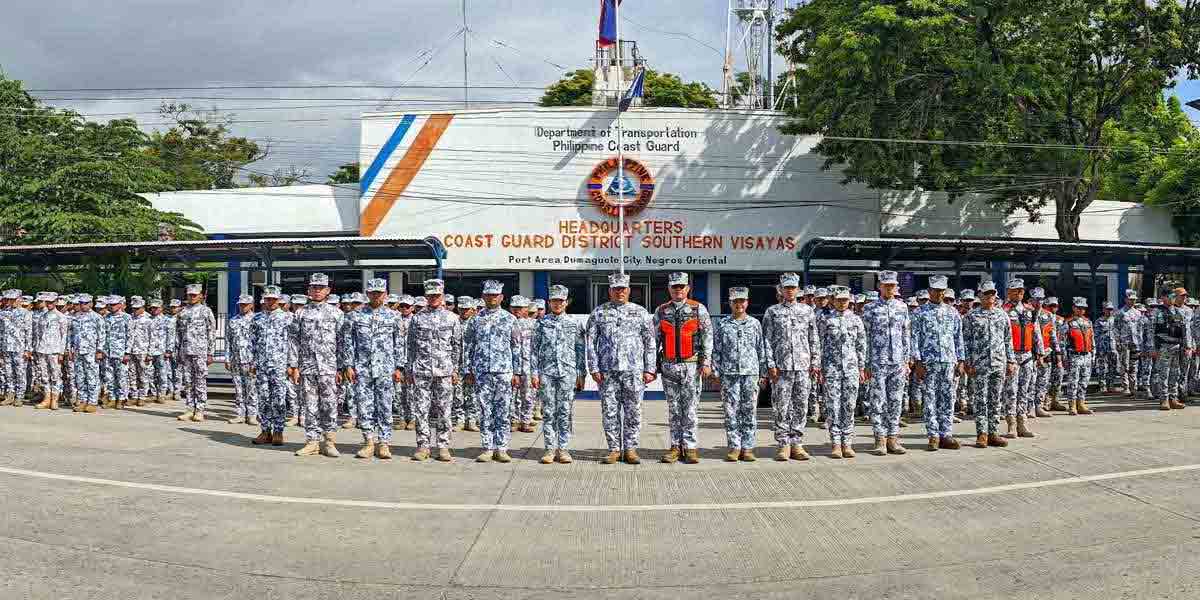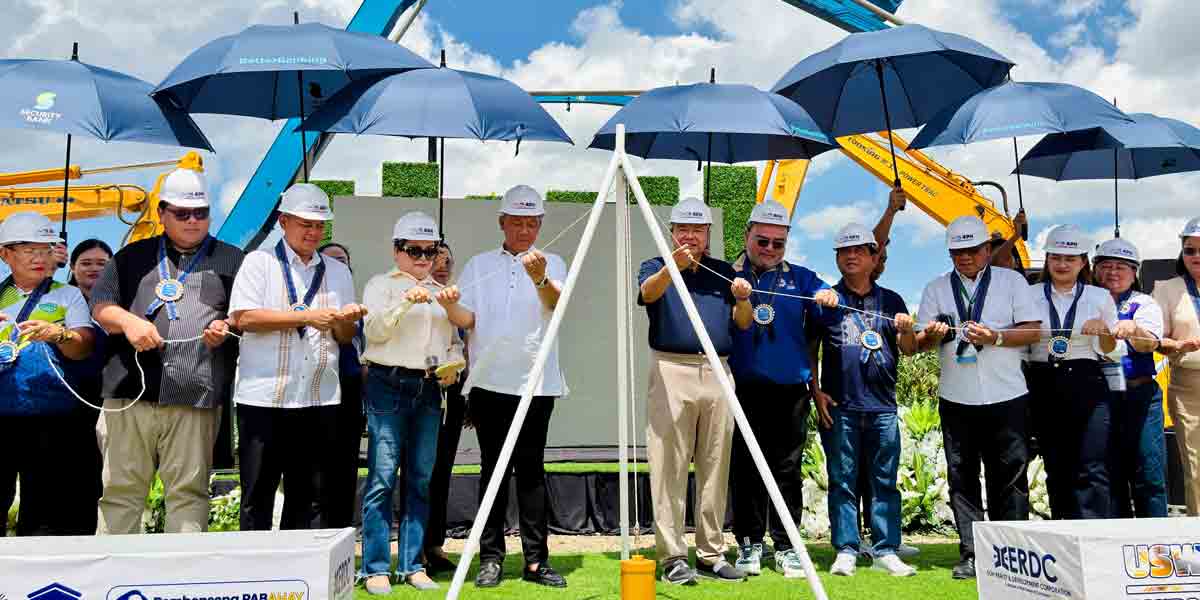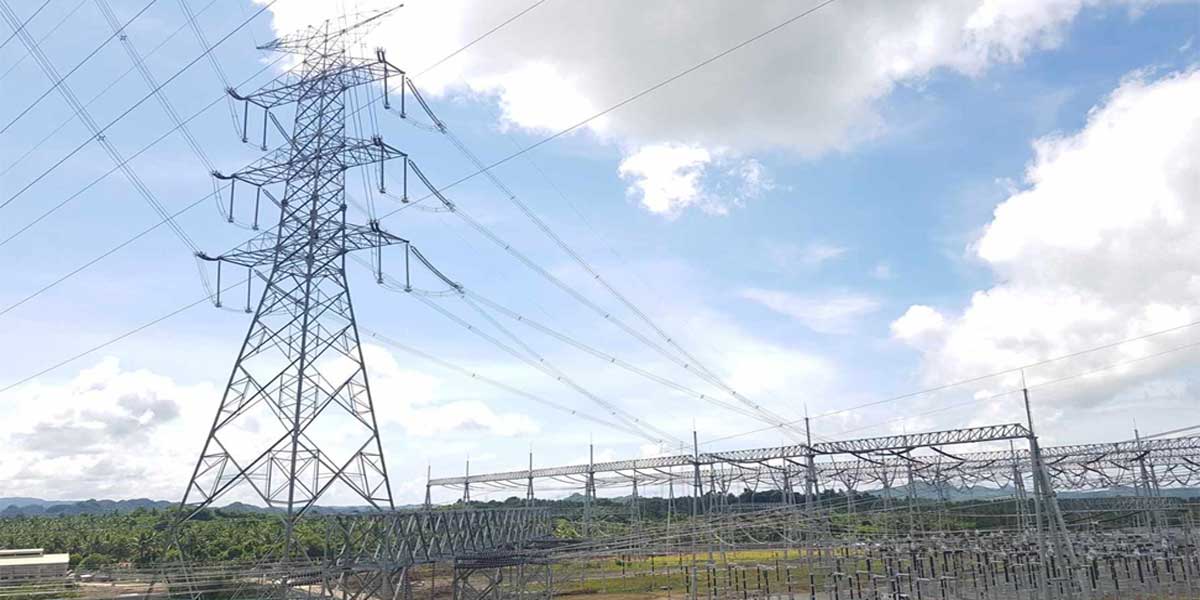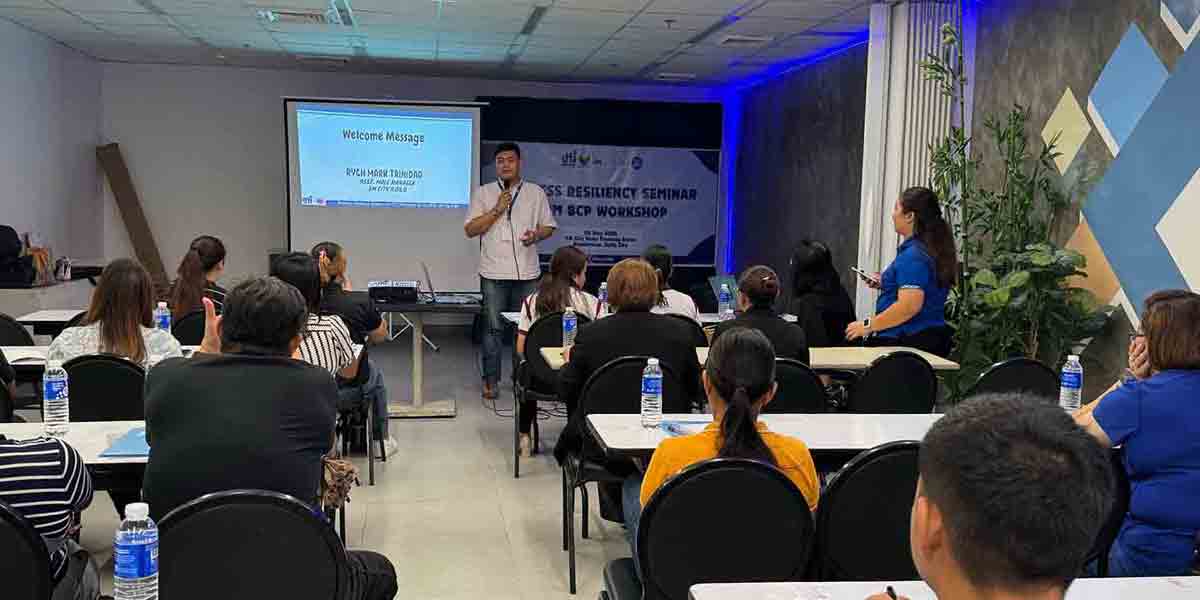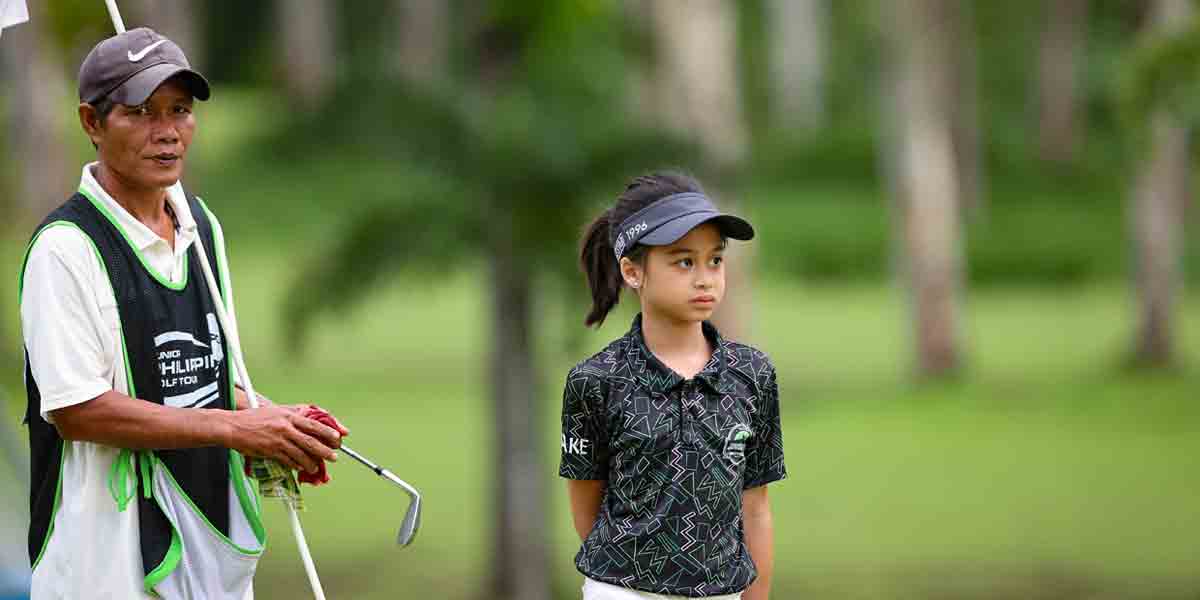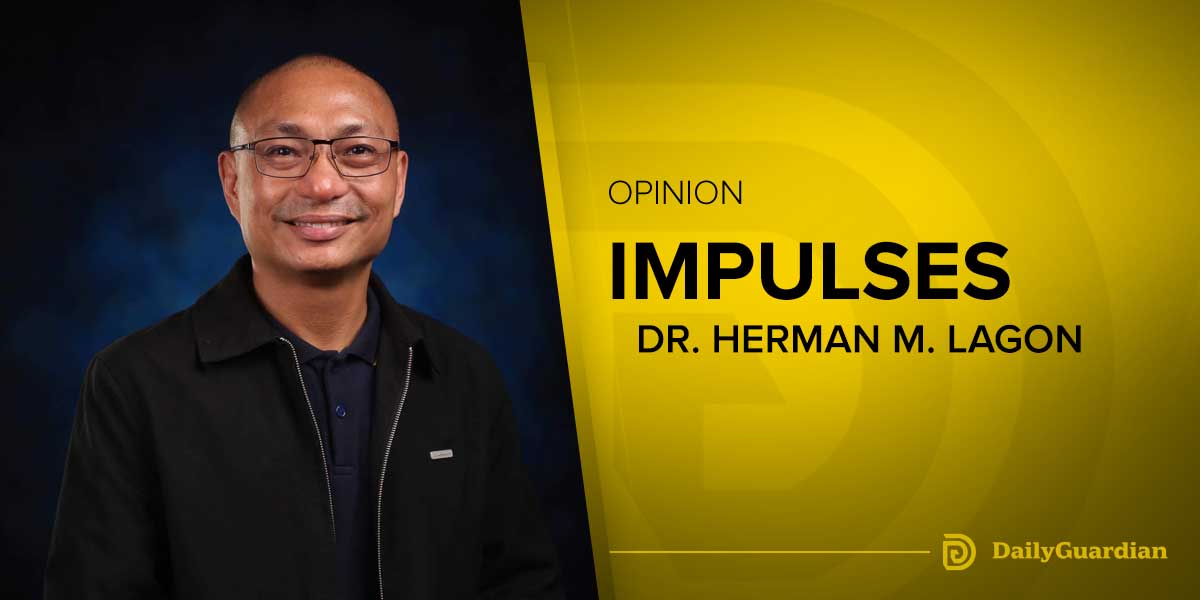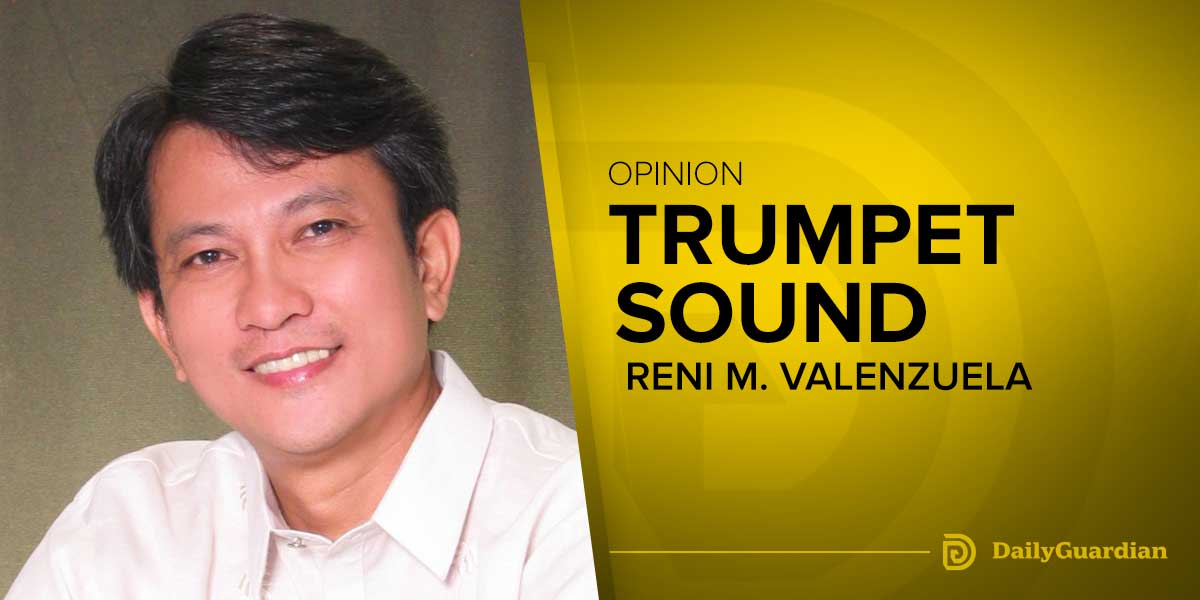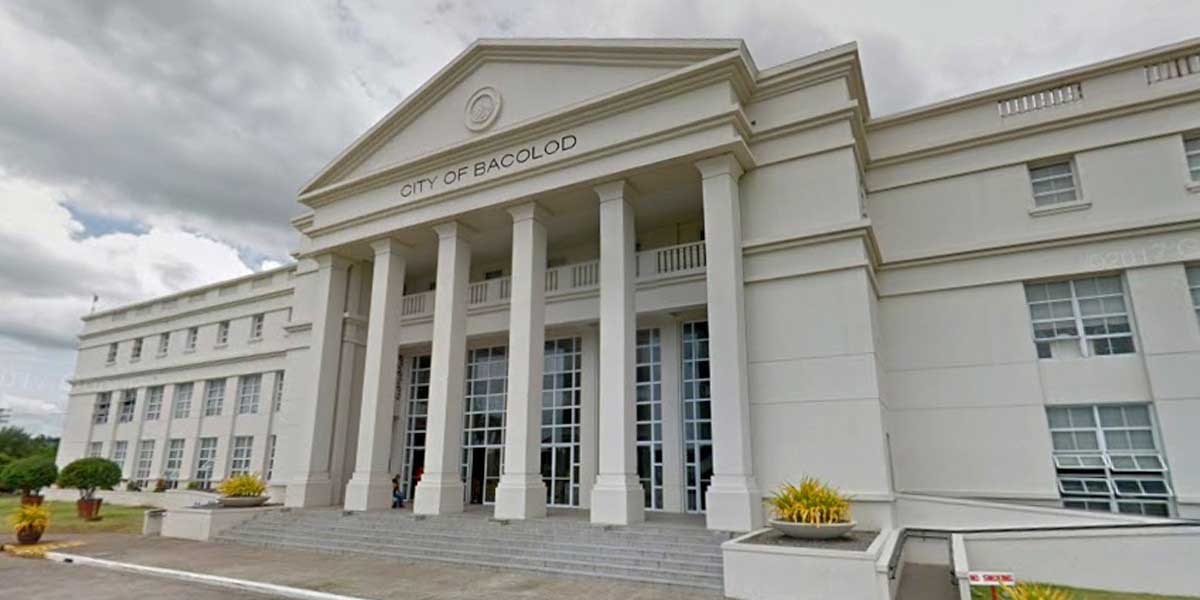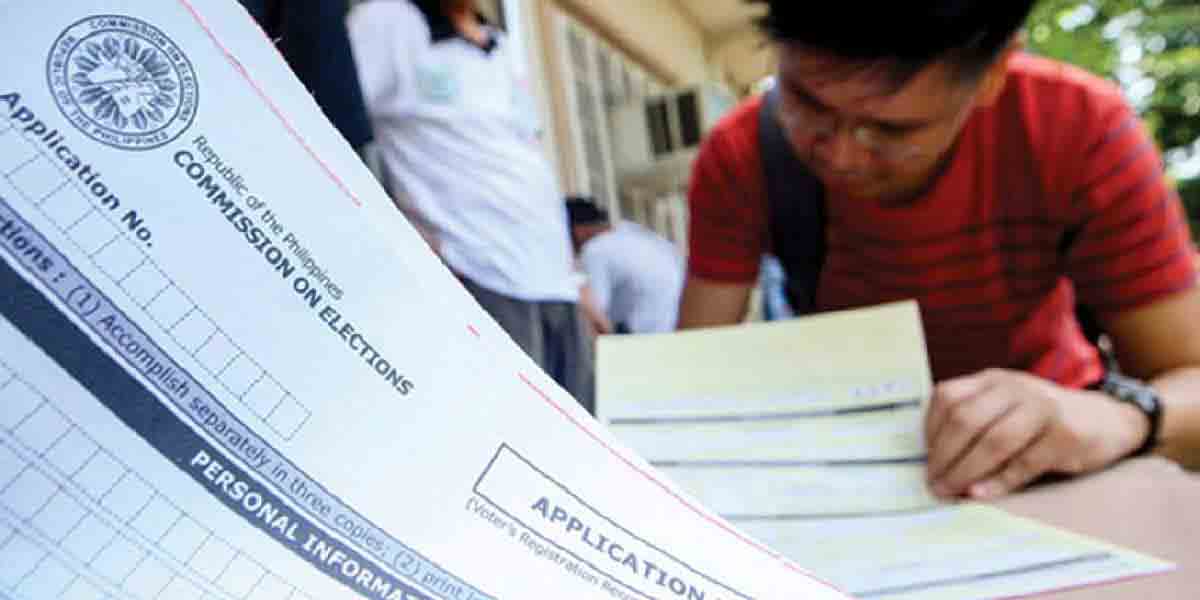 By Joshua Corcuera
By Joshua Corcuera
Probably, you have heard the news or saw the pictures, thousands of people in various locations in Metro Manila rushed to vaccination sites. As a matter of fact, hundreds of them queued even before sunrise. There is just one problem, and no, it’s not vaccine hesitancy obviously, it’s vaccine supply.
Reports from a vaccination site rushed into by an enormous crowd of people noted that some people were told to go home due to a lack of supply. For instance, in a mall designated as a vaccination site, about 2,500 doses were allocated but an estimated 4,000 people tried to receive their jab. Unsurprisingly, some of them have to go home and wait for a little bit longer. Hopefully, they will get their vaccines in just a matter of days.
Personally, I see that vaccine hesitancy is not the problem in our country, but vaccine supply. According to government data, almost 10 million Filipinos have been fully vaccinated — this translates to 9.1% of the country’s population. For context, COVID-19 herd immunity — the vaccination rate of the population needed for society to be protected from a disease — is 70%. At the current rate of administering vaccines, the country might take until early 2022 to achieve herd immunity.
Meanwhile, developed nations are much closer to herd immunity. Singapore has fully vaccinated 62.4% of its population, for instance. However, some nations that are economically similar to the Philippines have also made progress. Cambodia and Malaysia have fully vaccinated 30.7% and 23.3% of their populations, respectively. From a worldwide perspective, a pattern seems to emerge: developed nations tend to be so close to herd immunity that they might achieve it in just a few weeks from now. Developing nations might take early next year, while poorer ones are merely vaccinating less than 2% of their population as of writing.
From here, it can be deduced that there is a problem in allocating vaccine supply, developed nations seem to have hoarded supplies at the expense of developing nations. Even here in the Philippines, the same phenomenon seems to occur. Some regions, such as the National Capital Region, might attain herd immunity before year-end — hopefully. To be fair, some regions are too isolated in the sense that reliable infrastructure to get to such regions are lacking. However, the lack of adequate health care facilities in rural areas compared to urban ones can also be blamed as to why the latter tend to achieve herd immunity first.
Though some people might be reluctant to receive their vaccines, the developing world’s problem of receiving vaccine supplies seems to be a larger problem. This might have affected the protection of vulnerable populations such as the elderly. Last July 30, a press release by the World Health Organization (WHO) expresses concern at the pace of vaccinating the Philippines’ senior citizens. “To date,” WHO said, “only about 25% of this vulnerable group have been fully vaccinated, leaving 6.4 million of the elderly at increased risk of severe illness and death.”
Though the-powers-that-be have anticipated such concern, there seems to be a need to double current efforts. The COVAX facility was an initiative by global authorities to provide equitable vaccine access, whether one is rich or poor. The Philippines have received millions of doses from the COVAX facility, for instance. Though the initiative is theoretically good, there is still a need to improve it in the real world especially in Africa.
Altogether, vaccine hesitancy is not the biggest problem in the Philippines’ fight against COVID-19 as shown by the thousands of people lining up before sunrise to get their jab. Rather, it is the allocation of vaccine supplies which we hope to be addressed as soon as possible.



